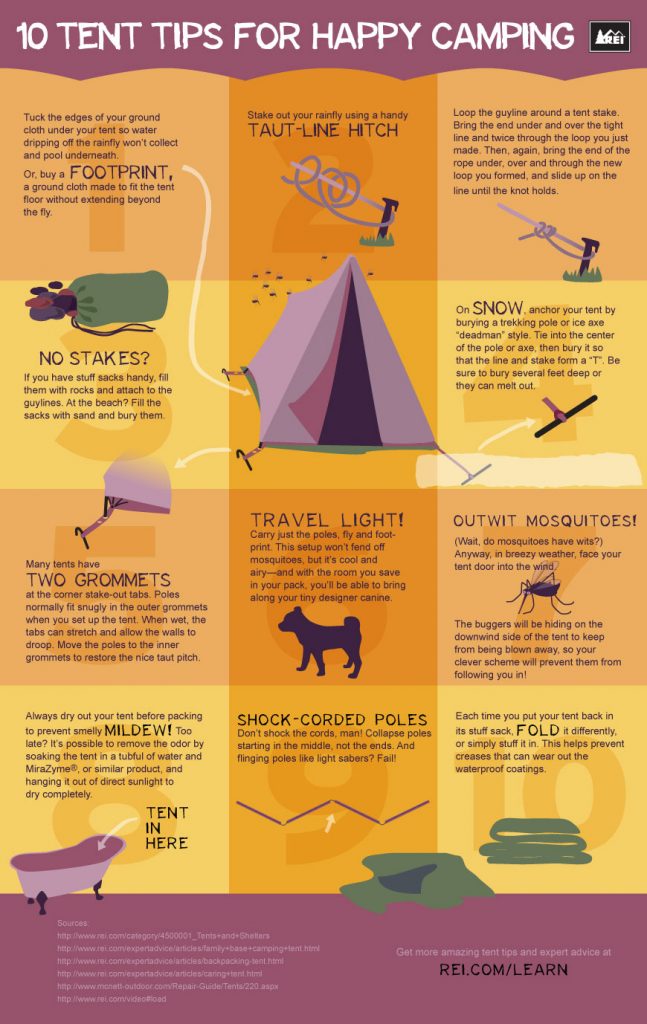Expanding Sales Through Offering Camping Tents Online
Expanding Sales Through Offering Camping Tents Online
Blog Article
Just how to Pick a Tent Footprint
Whether you need a camping tent footprint depends upon where and exactly how usually you will be outdoor camping. The impacts used by the supplier of your outdoor tents are generally an excellent selection however they can be costly and heavy (the NEMO Hornet Dragonfly 2P footprint weighs 6.9 oz).
Do you need a tarp for a tent?
You can also make your own do it yourself outdoor tents impact from cheap, durable textile such as a tarpaulin groundsheet. Nevertheless, a do it yourself impact might not be suitable for maintaining your camping tent tidy of mud or tree sap.
Dimension
An outdoor tents impact is basically a sheet that goes under your camping tent. It secures the ground beneath your camping tent from rough items, and it keeps the bottom of your tent clean and dry. It additionally minimizes the quantity of warm lost to the ground while you sleep, and it can help secure your camping tent from moisture.
The best tent footprints are sized specifically to match the flooring area of your camping tent. They are typically made from a resilient, waterproof material like polyurethane or nylon. Nguyen recommends picking an impact with a denier score of 250 or greater for maximum resilience.
Numerous outdoor gear firms market their very own top quality tent footprints that are created to fit effortlessly with the matching tent. However, these can be fairly pricey and contribute to the overall weight of your backpacking setup. For these factors, we normally suggest utilizing a DIY alternative rather.
Material
A tent impact maintains the floor of your shelter tidy, specifically if you are camping in areas with a lot of rainfall. It can likewise help protect against water from merging up underneath your tent which can leakage into the outdoor tents itself.
The product used in a tent impact varies, but one of the most typical is an easy-to-clean and durable polyurethane or polyester textile. Some included a sack to separate them from your equipment when not being used.
Some backpackers choose to make their very own do it yourself footprints out of Tyvek home cover or Polycryo home window insulation shrink movie. This is commonly a more affordable and lighter option than acquiring a maker specific one. It's important to keep in mind, however, that a do it yourself impact will not secure against slits or abrasions as well as a top quality tent floor covering. If you are using a homemade impact, be sure to roll up the sides so it doesn't accumulate water. If you're fretted about this, think about updating to a much more heavy duty alternative like the ones made by producers.
Waterproofness
An outdoor tents footprint adds an additional layer of waterproofing beneath your camping tent, which protects versus puddles that might collect underneath your sanctuary. This can make your camping experience far more comfortable, specifically on wet ground, where you could otherwise awaken cranky and damp from water leaking right into your tent.
Outdoor tents footprints are usually developed especially for the camping tent version they're meant to come with, which guarantees an excellent fit and a solid water-proof seal. However, they're additionally available as generic items that can be cut to dimension with scissors or a knife.
Impacts made from high-denier fabrics like Tyvek and Polycryo are normally extra costly than those constructed from a lower denier textile, such as tent accessories nylon. Whether the higher expense deserves the extra waterproofing depends on you.
Weight
A tent footprint is a slim sheet of polyurethane, nylon or polyester that sits in between your sanctuary and the ground when camping. It's created to protect your camping tent from unpleasant elements like rugged rocks, twigs and sandy surface areas, explains Elizabeth Nguyen, a senior sales professional at REI in Atlanta.
Nguyen says most outside equipment manufacturers use their very own branded camping tent impacts that are developed to fit effortlessly with their designated camping tents, including peace of mind and benefit. Yet these branded footprints have a tendency to be thicker and larger than DIY choices that are readily available on the market, so they're worth a more detailed look when shopping around.
If you're on a budget plan or are focusing on weight, it's very easy to make your own camping tent impact making use of simple materials that can be discovered at most equipment or do it yourself stores. This choice is prominent amongst ultralight backpackers and long-distance walkers to conserve money and save weight where feasible. It's additionally worth keeping in mind that many camping tents are currently made with a sewn-in groundsheet, so an outdoor tents footprint may be unneeded in these situations.
How do you waterproof a canvas tent?
